
- ~を保つ、保存する、貯蔵する、保護する、失わないようにする
・We want the change to preserve America's ideals -- life, liberty, the pursuit of happiness. : われわれは生命・自由・幸福の追求という米国の理想を守るために変化を求める。
・She preserved the flowers by pressing them between pages of a book. : 彼女は花々を本のページの間に押しはさんで保存しました。
・It is important to preserve a spirit of harmony within the group. : グループ内の和を保つことは重要です。 - ~を維持[持続]する、守る、順守する
- 〔俳優などに出すきっかけの〕合図、キュー
・That's my cue. : 私の出番ですね。 - 〔一般に人に動作を促す〕指示、きっかけ、思い出させるもの
- 《心理学》〔無意識のうちに反応を引き起こす刺激の〕きっかけ、手掛かり
- 《音楽》〔楽譜に書かれる〕キュー◆自分のパートの楽譜に小さく書いておく、他の楽器の楽譜。演奏のタイミングを知るのに使われる。
- 《音楽》〔指揮者が出す合図の〕キュー
- 〔音声テープまたはビデオテープの〕頭出し
- 〔義務・負担・重圧・税金などを〕課す、負わす、かける、与える
・A sales tax is imposed on the total retail value. : 売上税は総小売額に対して課せられる。
・Financial institutions may impose higher minimum deposits. : 金融機関は最低預入額を引き上げるかもしれない。
・Let's impose a time limit on it. : それに期限をつけましょう。
・Political constraints are imposed on Japanese trade with many Western countries. : 日本の対西側諸国貿易は政治上の制約を受けている。 - 強制的に押し付ける、強いる、強要する
・School should not impose religious teaching. : 学校は宗教教育を強行すべきではない。
・The embargo was imposed suddenly. : 輸出禁止が突然行われた。
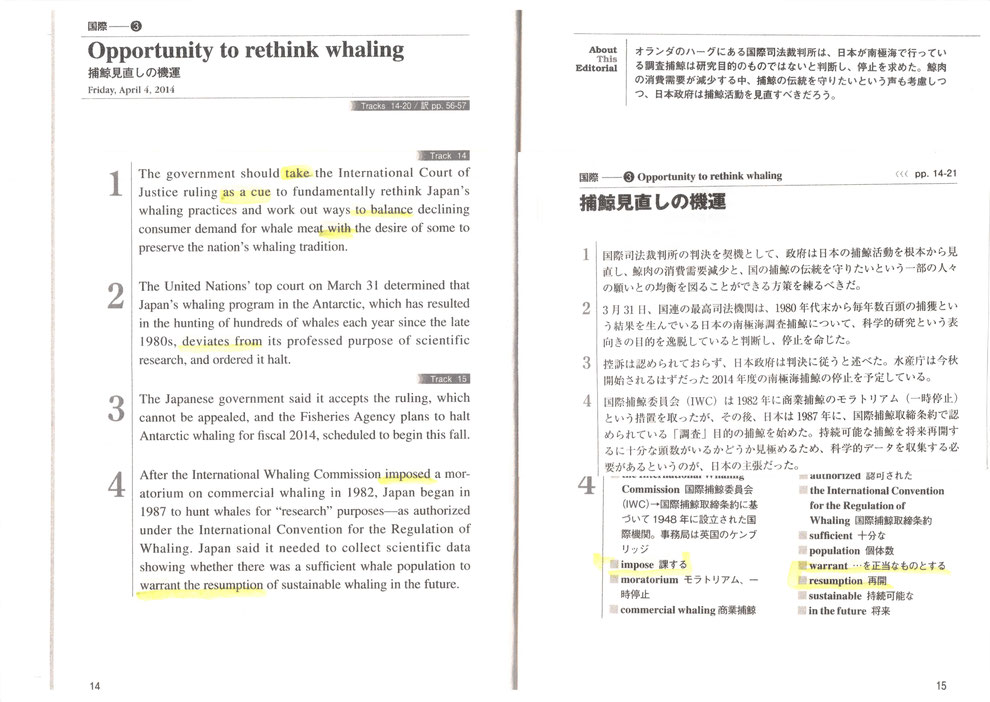

英単語
・Drugs lead to nothing less than death. : 薬物使用の行き着く先は死です。
・She thought real love was nothing less than spiritual love. : 彼女は、真の愛とは精神的な愛に他ならないと思った。
・Actually, herpes turned out to be a blessing in disguise. : 現にヘルペスにかかったが、結果的に災い転じて福となった
- 無視する、除外する、排除する
・Let's not rule out the possibility he is just lost. : 彼は道に迷っているだけだという可能性もあるから頑張ろう。
・The police have ruled out nobody as suspect. : 警察は容疑者として誰も特定していない[考慮からはずしていない]。 - 〔実行などを〕不可能にする、妨げる
- 〈ラテン語〉それ自体が、本質的に、本来、自ら
- 〔言葉の〕正確な意味において(は)◆通例、否定文で、その言葉に正確には当てはまらないことを表す。
・He's not shy, per se. He's just a loner and not very sociable. : 彼は内気というわけではありません。彼はただ孤独が好きで、あまり社交的でないだけです。
・Your scores fell [came] short of our needs. : 君の成績は私たちの期待を裏切った。
・His effort fell [came] a long way short of his parents' expectations. : 彼の努力も両親の期待にはほど遠かった。
表現パターンfall [come] short of
- ~を引用する、~を引証する
・He cited the famous phrase in chapter 2. : 彼は第2章の有名な語句を引用しました。 - 〔例証のために〕~を引き合いに出す、~に言及する
- 《法律》(人)を召喚する、(人)に出頭命令を出す
- 《軍事》(人)を表彰[顕彰]する
 レベル6、発音sáit、カナサイトゥ、変化《動》cites
| citing | cited
レベル6、発音sáit、カナサイトゥ、変化《動》cites
| citing | cited
- ~を提出する、投稿する、提示する、提起する
・Have you submitted your project proposal to your boss yet? : もう上司に企画書を提出しましたか。 - ~を服従させる
- 〔通例that以下が事実または必要であると〕言う、考える、提案する
・I submit that these arguments are wrong and misleading. : これらの議論は間違っているし、誤解を招くものであると考えます。
- 〔岩などにできた〕割れ目、裂け目、亀裂
- 〔親しい関係にできた〕不和、不仲、亀裂
【形】料理の、台所の

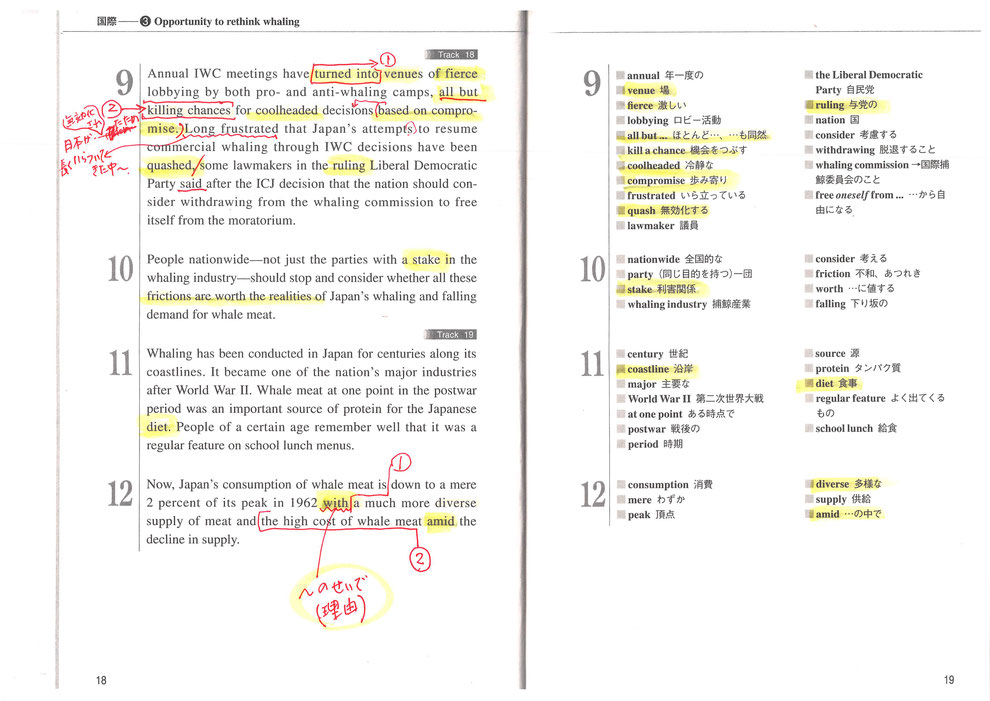
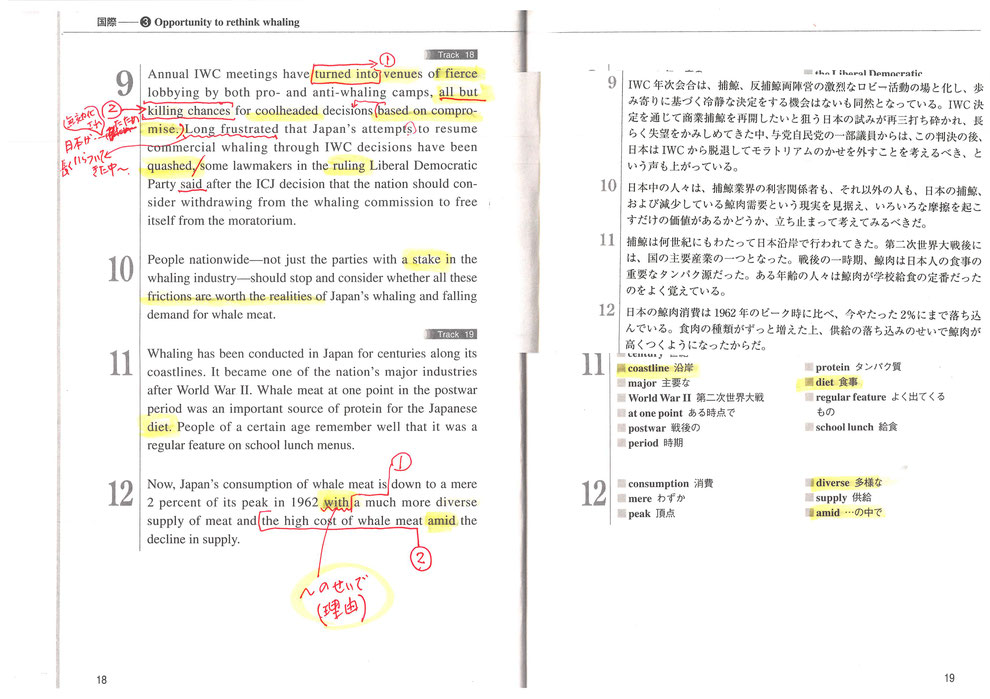
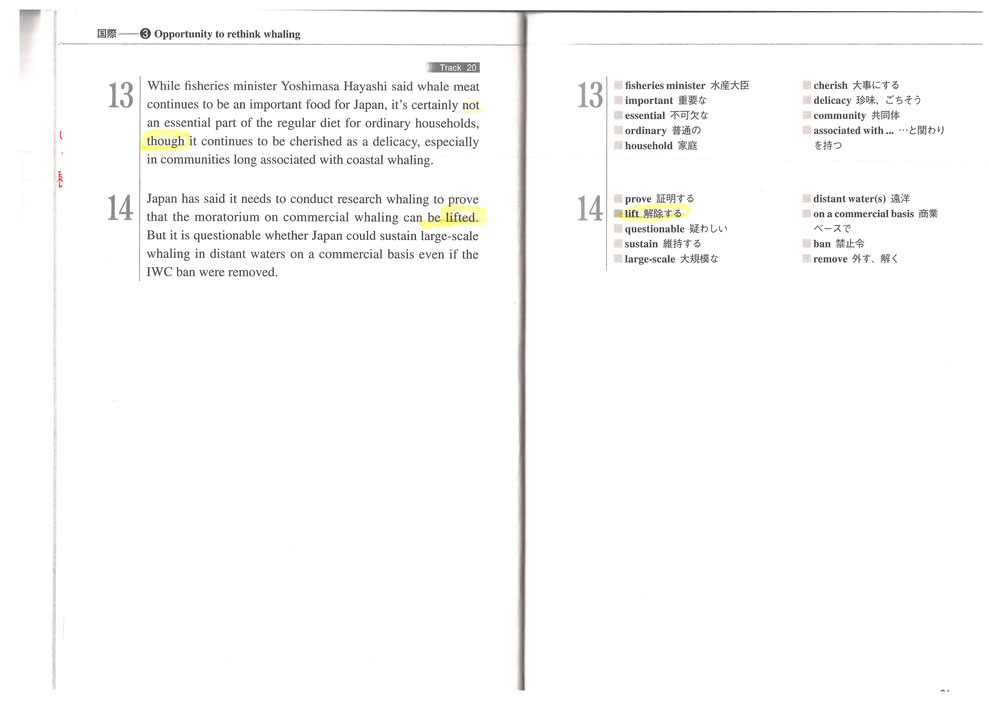
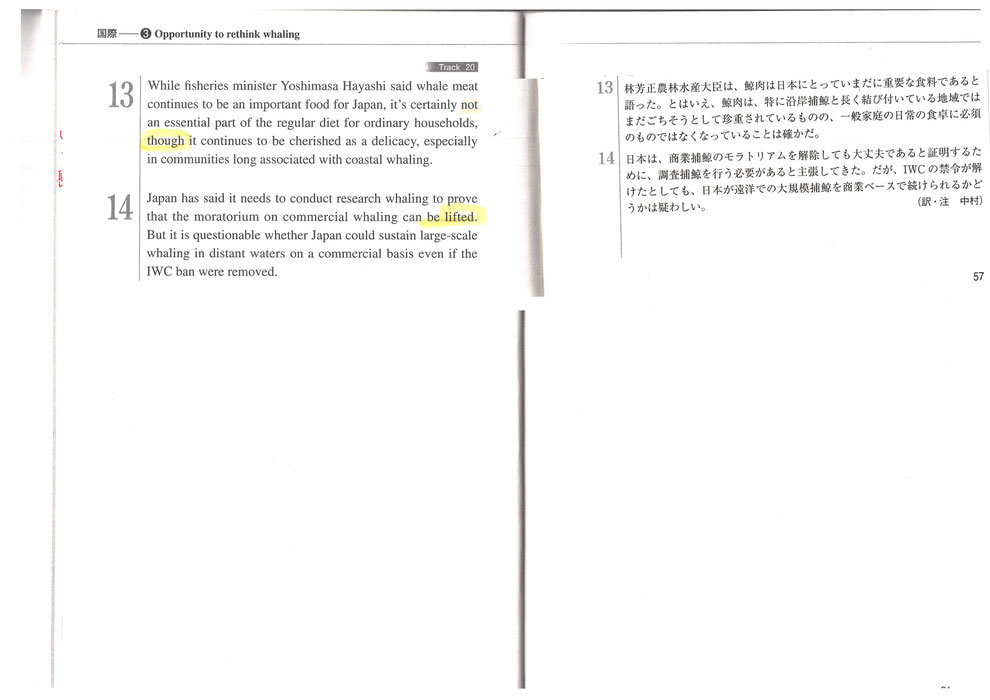
The Audience
Understanding Physics is written primarily for undergraduate college students not intending (at least initially) to enter careers in science
or engineering. These may include liberalarts students, business majors, prelegal, and prospective architecture students. We have found that when the course is taken with laboratory work, it has
been deemed suitable by medical schools for premedical students.
An important group that this course is intended to serve are persons who plan to teach, or are already teaching, in K-12 classrooms. As has
been widely discussed, there is a special need for improvement in the science education of current and future teachers as an important step toward achiev-ing greater scientific literacy in general. Many states have recently incor-porated the contextual approach used in Understanding Physics into state science education
criteria. It is in part to meet the challenges of teacher education tl1at this course was developed as a resource, along with the usual pedagogical training.
Since college students in introductory science courses usually represent a wide spectrum of expertise in science and mathematics, this book asswnes no prerequisites in science or mathematics beyond high-school algebra, geometry, and general science.
In this text we have taken great care to derive all necessary equations very patiently, but whenever possible we have used narrative text instead of equations to convey由e meanings of laws and concepts. Even if srudents have taken physics in high school, they often still lack proficiency in even the most basic concepts and techniques. One of山e aims of this course is to enable all students to gain experience and confidence with physical-science concepts and quantitative me出ods, and wiili an understanding of the nature of science itself. Of course, for classes in which the students are sufficiently prepared, instnictors may decide to place more emphasis on quantitative or other aspects of physics as appropriate. The course is designed with such flexibility in mind.
The Approach
A unique feature of this text, like its predecessor, is that it places the fundamental concepts of physics within the broader humanistic and historical contex'ts in which they arose, but without
handicapping students in tests that compare their performance with students who have taken a less broadly conceived, conventional physics course. Research has shown that students exposed to our
approach gain a much deeper 皿derstanding of both the content and the processes of scientific research, as well as an appreciation not only of what we know, but also of how and why we think we
know it. This approach has been endorsed by several national organizations, ineluding the National Science Fo皿dation, the Research Council of the National Academy of Sciences, and Project 2061
of the American Association for the Advancement of Science. The National Research Cow1cil stated in its National Science Education Standards:*
In learning science, students need to understand that science reflects its history and is an ongoing, changing enterprise.
The standards for the history and nature of science recommend the use of history in school science programs to clarify different aspects of scientific inquiry, the human aspects of science, and the role that science has played in the development of various cultures.

読者へ
理解物理学は主に科学や工学のキャリアに入ることを意図していない(少なくとも最初は)学部の大学生のために書かれています。これらには、リベラルアーツの学生、ビジネス専攻の学生、法定の学生、および建築見込み学生が含まれます。私たちは、コースが実験室で行われているときには、医学部では前臨床の学生に適していると考えられてきたことを発見しました。
このコースが役立つことを意図している重要なグループは、K-12教室で教えることを計画している、またはすでに教えている人です。広く議論されてきたように、より大きな科学的リテラシー一般を達成するための重要なステップとして、現在および将来の教師の科学教育における改善の特別な必要性がある。多くの州では、最近「物理学の理解」で使用されている文脈的アプローチを州の科学教育基準に組み入れました。このコースがリソースとして開発され、通常の教育的トレーニングとともに教師教育の課題に取り組むことが部分的です。
入門科学コースの大学生は通常科学と数学の専門知識の広いスペクトルを表すので、この本は高校代数、幾何学と一般科学を越えて科学または数学の前提条件を暗示しません。
このテキストでは、必要なすべての方程式を非常に辛抱強く導き出すように細心の注意を払っていますが、可能な限り、法則や概念の意味を伝えるために方程式ではなく物語のテキストを使用しました。悪党が高校で物理学を取ったとしても、彼らはまだ最も基本的な概念とテクニックさえ熟練を欠いています。このコースの目的の1つは、すべての学生が物理科学の概念と定量的な方法で経験と自信を得て、科学自体の本質を理解できるようにすることです。もちろん、生徒が十分に準備されている授業では、学習者は必要に応じて物理学の量的側面やその他の側面にもっと重点を置くことを決めるかもしれません。コースはこのような柔軟性を念頭に置いて設計されています。
アプローチ
このテキストの前身と同様に、このテキストのユニークな特徴は、物理学の基本的な概念を、彼らが生まれたより広い人文学的および歴史的コンテクストの中に入れるということです。あまり一般的ではない、従来の物理学のコース。調査によると、私たちのアプローチに晒された学生は、科学研究の内容とプロセス、そして私たちが知っていることだけでなく、それをどのようにそしてなぜ私たちが知っていると思うのかについても理解を深めることができます。このアプローチは、国立科学財団、国立科学アカデミーの研究評議会、およびアメリカ科学振興協会のプロジェクト2061を含むいくつかの国内組織によって承認されています。 National Research Cow1cilは、その国家科学教育基準に次のように述べています。
科学を学ぶ上で、学生は科学がその歴史を反映しており、継続的に変化する企業であることを理解する必要があります。科学の歴史と性質の基準は、科学的探究のさまざまな側面、科学の人間的側面、およびさまざまな文化の発展において科学が果たしてきた役割を明らかにするために、学校の科学プログラムにおける歴史の利用を推奨しています。

これがいい
使える!!
13.7 EINSTEIN'S THEORY OF THE PHOTOELECTRIC EFFECT
The explanation ofthe photoelectric effect was the major work cited in the award to Albert Einstein of the Nobel Prize in Physics in
1921.
Einstein's explanation, proposed in 1905, played a major role in the development of atomic physics. He based his theory on a daring
hypothesis, for few of the experimental details were known in 1905. Moreover, the keypoint of Einstein's explanation contradicted the classical ideas of the time. Einstein assumed that the energy
of light is not distributed evenly over the whole expanding wave front (as the classical theory assumed). Instead, the light energy is concentrated in separate "lumps." In addition, the amount of
energy- in each of these regions is not just any amount, but a definite amount of energy that is proportional to the frequency/of the lightwave. The proportionality factor is a constant (symbol
h); it is called Plancks constant for reasons which will be discussed later. Thus, in this model, the light energy in a beam of frequency comes in pieces, each of amount E = hf where h = 6.6X
10~34J/s.
The amount of radiant energy in each piece is called a light quantum {quantum is Latin for quantity), or a quantum of light energy. The
quantum of light energy was later called a photon.
13.7アインシュタインの光電効果の理論
光電効果の説明は、1921年にノーベル物理学賞を受賞したAlbert Einsteinの賞に引用された主要な研究でした。
1905年に提案されたアインシュタインの説明は、原子物理学の発展に大きな役割を果たしました。彼は彼の理論を大胆な仮説に基づいていた、1905年に知られていた実験の詳細のいくつかについて。さらに、アインシュタインの説明の要点は当時の古典的な考えと矛盾していた。アインシュタインは、(古典的な理論が仮定しているように)光のエネルギーは拡大する波面全体にわたって均一に分布していないと仮定した。代わりに、光エネルギーは別々の「塊」に集中しています。さらに、これらの各領域のエネルギー量は、単なる量ではなく、光の周波数に比例する一定量のエネルギーです。比例係数は定数です(記号h)。後で論じる理由から、プランク定数と呼ばれています。このように、このモデルでは、周波数ビームの光エネルギーは、それぞれE
= hfのとき、h = 6.6×10〜34J / sの単位で分割されます。
各部分の放射エネルギーの量は、光の量子(量はラテン語です)、または光エネルギーの量子と呼ばれます。光エネルギーの量子は後で光子と呼ばれた。
あなたもジンドゥーで無料ホームページを。 無料新規登録は https://jp.jimdo.com から
